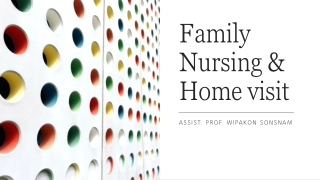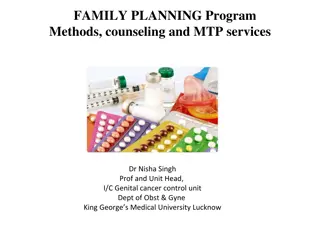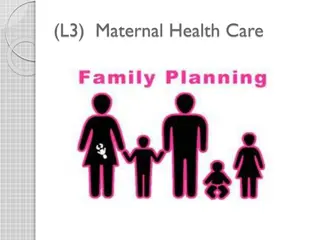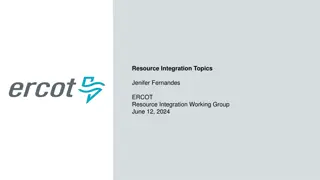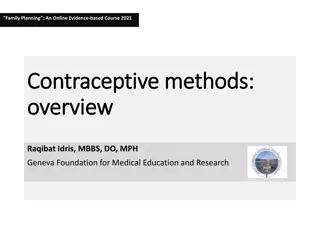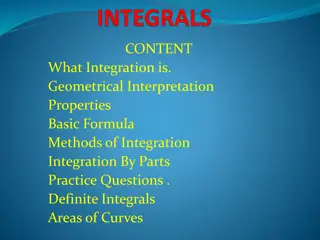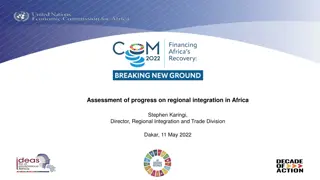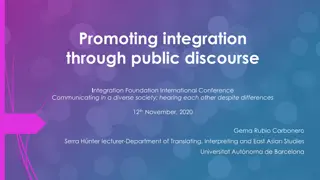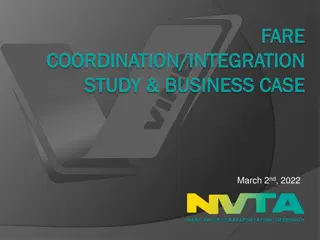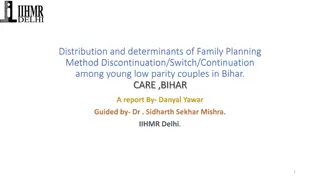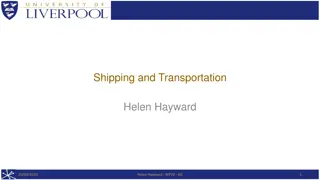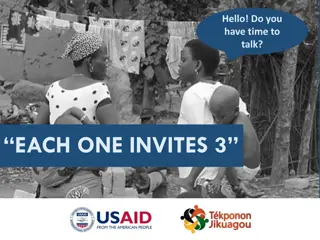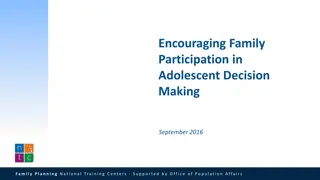
Maximizing Benefits through FP Integration: Challenges and Solutions
Discover the concept of FP integration, its benefits for programs and clients, the challenges it poses, and strategies to scale up integration efforts. Explore how Tupange Pamoja aims to enhance access to comprehensive services and overcome obstacles in the integration process.
Download Presentation

Please find below an Image/Link to download the presentation.
The content on the website is provided AS IS for your information and personal use only. It may not be sold, licensed, or shared on other websites without obtaining consent from the author. If you encounter any issues during the download, it is possible that the publisher has removed the file from their server.
You are allowed to download the files provided on this website for personal or commercial use, subject to the condition that they are used lawfully. All files are the property of their respective owners.
The content on the website is provided AS IS for your information and personal use only. It may not be sold, licensed, or shared on other websites without obtaining consent from the author.
E N D
Presentation Transcript
Overview What is FP Integration Why Integration What are the benefits of Integration Who get/can offer integration What will Tupange Pamoja do to scale up Integration 2
What is FP Integration ? Integration refers to the incorporation of aspects of 2 or more services as a single, coordinated, combined service. It involves offering FP and other services at the same facility, with the provider of each service actively encouraging clients to consider using the other service during the same visit. If services are not offered in the same room, strong referrals are required. 3
Benefits of Integrating FP/HIV Services for Programs and Clients Maximized productive use of scarce resources. Enhanced ability to prevent unwanted pregnancies. Improved access to and better-quality FP/RH/HIV and other services Greater support for dual protection against unintended pregnancy and disease. Reduced care-seeking burden for individuals. Enhanced community involvement and participation. 4
Challenges of Integration May require financial resources to establish additional services May overburden staff shortage of staff time May increase client waiting time Requires additional training Counselors without clinical training may be too intimidated to discuss contraceptive methods and how they work 5
Challenges of Integration Requires additional records FP and other services which are often implemented and funded by different programs Shortage of contraceptive commodities Provider bias against providing contraception to certain client types (e.g., prenuptial and newly married couples, adolescents) 6
Tupange scale up for FP Integration Introduce provider initiated FP (PIFP) in all relevant services Conduct competency based training on FP for MNCH, HIV , PAC and youth friendly service providers Provide whole-site orientation (for all staff working in the health facility) to ensure no missed opportunity for FP services Provide service provider job-aids, posters, signage and client brochures to support integration of FP messages to other clinical areas 7
Tupange scale up for FP Integration Support "Visiting FP Mentors " to strengthen integrated FP services and LAPM provision Test of SMS messaging to reinforce provider knowledge on family planning Promote and facilitate referrals for LAPMs 8

